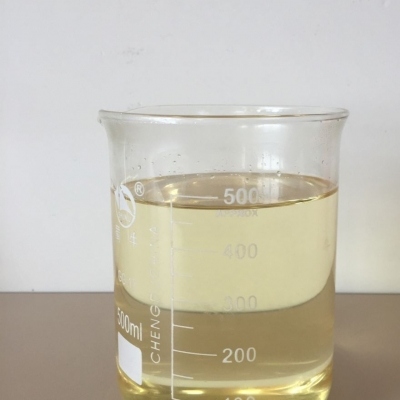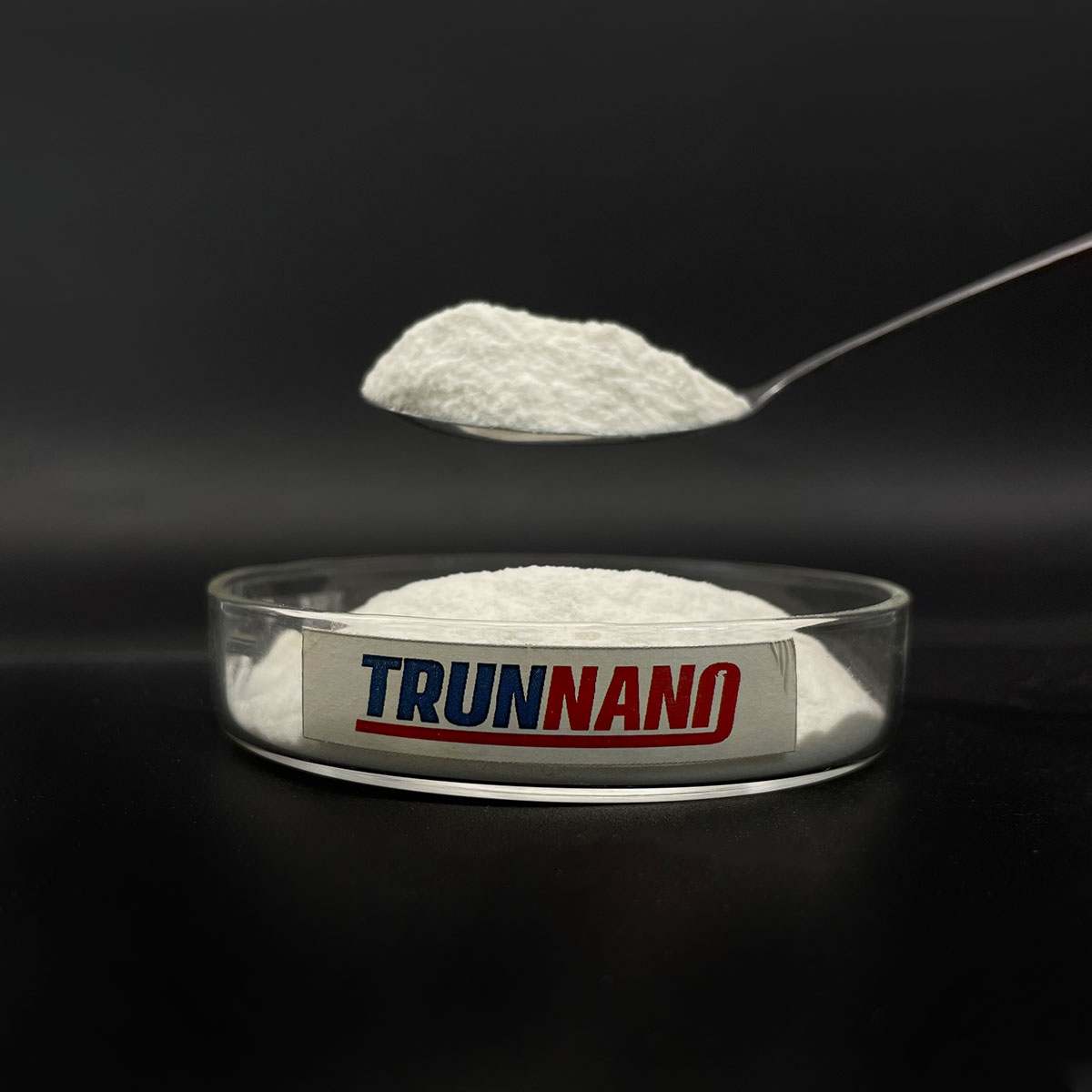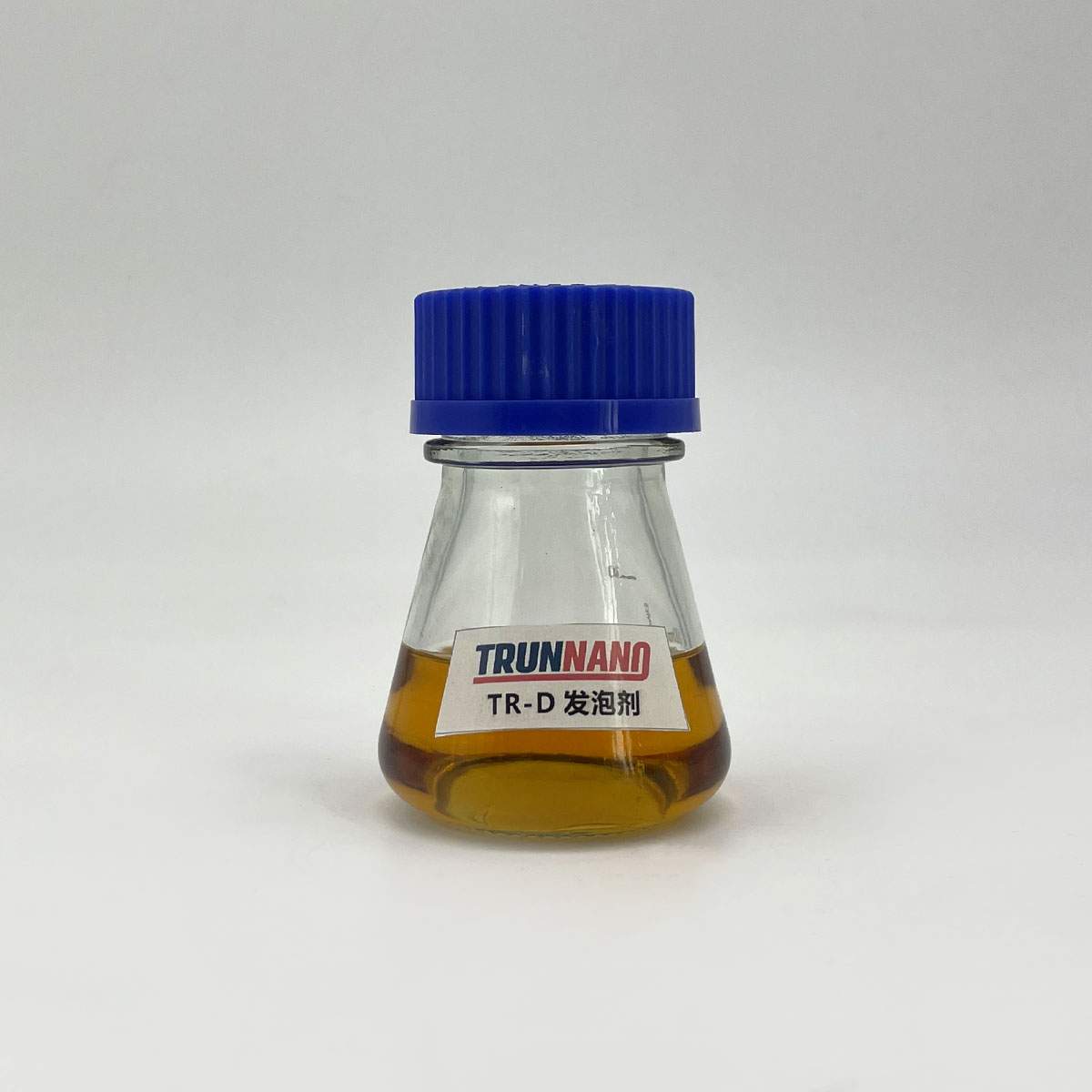Overview of 99.99% Semiconductor Li2Te Powder Lithium Telluride
Telluride and selenide compounds play a significant role in the field of semiconductors, particularly in the development of advanced electronic and optoelectronic devices. These materials belong to the chalcogenide family, characterized by their ability to form compounds with elements from groups IV-VI in the periodic table.
Tellurides: Compounds containing tellurium (Te) as the chalcogen. Examples include cadmium telluride (CdTe), mercury telluride (HgTe), and zinc telluride (ZnTe). These materials have found applications in solar cells, infrared detectors, and high-speed electronics due to their tunable bandgap, high electron mobility, and good thermal stability.
Selenides: Similar to tellurides, but with selenium (Se) replacing tellurium. Notable examples are cadmium selenide (CdSe), gallium selenide (GaSe), and zinc selenide (ZnSe). Selenide compounds are widely used in light-emitting diodes (LEDs), laser diodes, and solar cells due to their direct bandgap properties and efficient light absorption/emission capabilities.
Feature of 99.99% Semiconductor Li2Te Powder Lithium Telluride
Direct Bandgap: Many telluride and selenide semiconductors have direct bandgaps, which facilitate efficient light emission and absorption processes. This makes them suitable for optoelectronic applications such as LEDs and lasers.
Tunable Bandgap: The bandgap of these materials can be adjusted by alloying or altering the composition (e.g., CdSe to CdTe), enabling customization for specific device requirements across a wide spectrum of wavelengths.
High Electron Mobility: Materials like HgCdTe exhibit high electron mobility, which is crucial for high-speed electronic devices and low-noise detector applications.
Thermal Stability: Some tellurides and selenides, like ZnTe and ZnSe, demonstrate good thermal stability, making them suitable for high-temperature operation and processing.
Non-Toxic Alternatives: With increasing environmental concerns, there’s a push towards exploring less toxic alternatives to commonly used semiconductors. For instance, Cd-based tellurides and selenides are being replaced or combined with less toxic elements like Mg or Mn in some applications.

(99.99% Semiconductor Li2Te Powder Lithium Telluride)
Parameters of 99.99% Semiconductor Li2Te Powder Lithium Telluride
Lithium Telluride (Li2Te) is a fascinating semiconductor material that has garnered significant attention in the scientific community due to its unique properties and potential applications. With a purity level of 99.99%, this high-quality Li2Te powder offers exceptional performance characteristics.
Tellurium, an element located in Group 16 of the periodic table, combines with lithium (Group 1) to form Li2Te. The compound’s crystal structure is primarily rocksalt, which is a face-centered cubic lattice, giving it a simple yet robust framework. At room temperature, Li2Te exists as a non-metallic, brittle solid, transitioning to a more ductile state at elevated temperatures.
One of the key features of Li2Te is its semiconducting nature. It is a narrow-gap semiconductor, meaning that its energy bandgap lies within a relatively small range, typically around 0.5 to 0.7 eV. This property makes it suitable for various electronic devices, such as solar cells, thermoelectric generators, and sensors, where its ability to convert thermal energy into electrical power is advantageous.
The high purity of the Li2Te powder ensures minimal impurities that could disrupt its electronic properties. The 99.99% purity level enables precise control over the material’s performance and reduces the chances of unwanted side reactions during device fabrication.
Moreover, Li2Te exhibits excellent thermoelectric properties, making it a promising candidate for waste heat recovery systems. Its Seebeck coefficient, a measure of the voltage generated per unit temperature difference, is relatively high compared to other semiconductors, which enhances its efficiency in converting temperature differences into electrical power.
In terms of mechanical stability, Li2Te is resistant to degradation under normal conditions, but it does require protection from moisture and oxygen to maintain its integrity. Its brittleness can be managed through proper encapsulation or by incorporating it into composite materials, which can improve its mechanical strength.
Another interesting aspect of Li2Te is its potential use in quantum computing and spintronics. Due to the presence of spin-orbit coupling, Li2Te can host spin-polarized electrons, which are crucial for quantum information processing and spin-based devices.
However, despite its promising attributes, Li2Te faces some challenges, such as its high melting point (approximately 723°C), which can complicate processing techniques. Research is ongoing to develop cost-effective and scalable methods for fabricating Li2Te-based devices while overcoming these hurdles.
In summary, 99.99% pure Li2Te powder is a highly sought-after semiconductor material due to its narrow bandgap, thermoelectric efficiency, and potential applications in quantum technologies. Its high purity ensures consistent performance, while ongoing research aims to optimize its properties and expand its use in various electronic and energy conversion devices. As we continue to explore the realm of advanced materials, Li2Te holds great promise for the future of semiconductor technology.

(99.99% Semiconductor Li2Te Powder Lithium Telluride)
FAQ of Semiconductor Materials
Inquiry us






